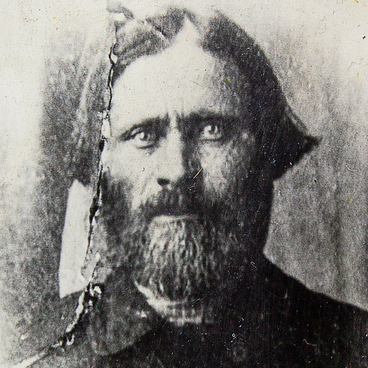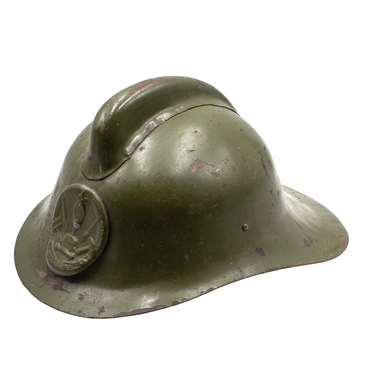The Lantan movie camera from the museum’s collection was one of the best Soviet amateur small frame cameras and became available in 1969. This version of the camera was produced by the Leningrad Optical Mechanical Association (LOMO) until 1975. The camera was designed for a double 8 mm film. The special film roll could carry 7.5 meters of film, which was enough to shoot for up to 15 minutes. The film was part of the equipment, but it was stored separately and installed only before shooting.
The camera was equipped with a high-quality “Granit-3” zoom lens with a variable focal length which allowed the operator to smoothly zoom in and out when necessary. It provided a four-times zoom on the subject at a distance of 1.5 meters and more. It was possible to get good shots even in the early twilight or in cloudy weather.
The Lantan camera also featured a special handle to rewind the film by 48 frames. It helped to create special effects such as a smooth change of frames. To do this, the operator filmed one scene, gradually reducing the angle of the shutter — the device that exposes film to light for a certain period. Then the operator would rewind the film to the beginning of the transition and shoot the next scene, increasing the shutter angle. Scenes partially overlapped achieving a smooth transition.
Having a built-in synchronizer and a jack for a special tape recorder cable, the camera could record sound while shooting. When the filming started, a pulse was fed to the tape recorder, with optical and sound marks appearing on the film and tape. These marks were later used during editing to synchronize the image with the sound.
There were amateur filmmakers in Kotovsk. In 1969, the town’s Palace of Culture established the ‘Romance’ motion picture studio managed by Gennady Lobodanov. The studio members produced such movies as ‘The Contemporary of the October Revolution’ and ‘Our Town’ on 35 mm film. These films were awarded first and second place in the regional competition. In May 1972, the studio produced movies about the Plastmass Plant (now known as the Tambov Gunpowder Factory), written by Evgeny Santylov, a local historian, journalist, and editor of ‘The Worker’s Voice’ newspaper. The main characters of these films were the factory workers who were veterans of the Great Patriotic War.
The camera was equipped with a high-quality “Granit-3” zoom lens with a variable focal length which allowed the operator to smoothly zoom in and out when necessary. It provided a four-times zoom on the subject at a distance of 1.5 meters and more. It was possible to get good shots even in the early twilight or in cloudy weather.
The Lantan camera also featured a special handle to rewind the film by 48 frames. It helped to create special effects such as a smooth change of frames. To do this, the operator filmed one scene, gradually reducing the angle of the shutter — the device that exposes film to light for a certain period. Then the operator would rewind the film to the beginning of the transition and shoot the next scene, increasing the shutter angle. Scenes partially overlapped achieving a smooth transition.
Having a built-in synchronizer and a jack for a special tape recorder cable, the camera could record sound while shooting. When the filming started, a pulse was fed to the tape recorder, with optical and sound marks appearing on the film and tape. These marks were later used during editing to synchronize the image with the sound.
There were amateur filmmakers in Kotovsk. In 1969, the town’s Palace of Culture established the ‘Romance’ motion picture studio managed by Gennady Lobodanov. The studio members produced such movies as ‘The Contemporary of the October Revolution’ and ‘Our Town’ on 35 mm film. These films were awarded first and second place in the regional competition. In May 1972, the studio produced movies about the Plastmass Plant (now known as the Tambov Gunpowder Factory), written by Evgeny Santylov, a local historian, journalist, and editor of ‘The Worker’s Voice’ newspaper. The main characters of these films were the factory workers who were veterans of the Great Patriotic War.



